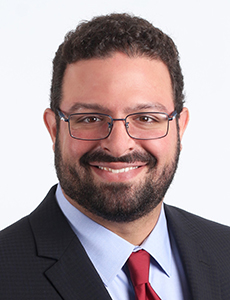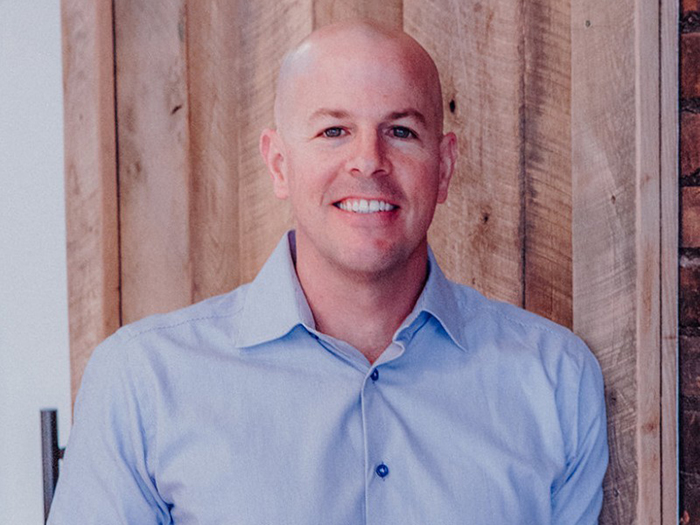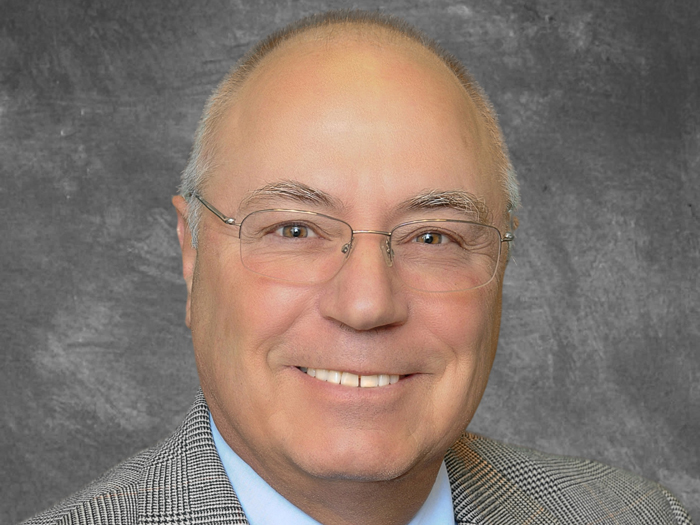When Inflation Sows Liability Underwriting Uncertainty, How the Nuanced Art of Actuaries Can Support Carrier Portfolios

While there has always been a great deal of uncertainty when determining actuarial rates or pricing insurance, “it seems that uncertainty has switched to a higher gear,” said Anthony Cappelletti, staff fellow at the Society of Actuaries.
“There are many factors that are now contributing to this increased uncertainty. Liability uncertainty isn’t a new discipline, but topics like social inflation and supply chain issues bring the topic to the forefront, expanding what actuaries and underwriters need to be aware of and [demanding] continued collaboration between the professions.”
Noting that “both underwriters and actuaries look at historical data and prefer to have enough data to make informed decisions,” Cappelletti stressed that “great care needs to be taken when adjusting historical data to current levels — for example, severity trend, coverages being added or subtracted, and changing external forces — to ensure that it is appropriate for the current circumstances.”
“Great care needs to be taken when adjusting historical data to current levels to ensure that it is appropriate for the current circumstances.” — Anthony Cappelletti, staff fellow at the Society of Actuaries
For social inflation, the biggest problem is finding an appropriate leading indicator, said Cappelletti.
“We can look at information from court awards, but there is no central database of information for detail. Care needs to be taken when using different sources, as types of business may differ,” Cappelletti continued. “Furthermore, court awards are only part of the picture when trying to estimate the extent of social inflation. Information on court awards does not include cases that are settled out of court. That can include a great number of insurance claims.”
He also noted that headline-grabbing “nuclear awards” tend to be appealed: “Many of those awards are reduced significantly after review by an appellate court, but that reduction does not necessarily get the same amount of attention.”
Cappelletti urged that “actuaries and underwriters should brainstorm about risks.” More specifically, he advocated that “contract language needs to be easily understandable to reduce ambiguities. Courts favor the insured when there is an ambiguity, whether the ambiguity is real or perceived by the courts and insureds. Policy exclusions and limitations must be clear, [using] endorsements, for a separate cost, to extend coverage beyond limitations and exclusions.”
Social Inflation Follows Its Own Schedule
Brian Z. Brown, principal and consulting actuary at Milliman, explained that the rising uncertainties of social inflation and macroeconomic trends come in addition to the structural pressures of profitability within a company.
“Management wants to show good results, so there is sometimes pressure on actuaries to estimate reserves too low,” he said.
The two tend to exacerbate each other. If an actuary feels confident in the calculations, it is easier to push back against lower reserves.
“The increasing uncertainty in trends makes it tougher and tougher for actuaries to be confident in their expectations,” said Brown.
Focusing on social inflation, Brown noted that third-party litigation financing has had an effect. “I have written about that topic. It seems to have started about 2010, but took a while for the claims to work through the statistics, so things still looked good through about 2015. Claims costs started to increase about 2016 or ’17. By that time, some people were playing catch-up from too low a starting point [for reserves].”
Product liability, medical malpractice and commercial auto were the lines most affected.
“What matters is picking up quickly on things that are not working well and making adjustments.” — Roni Schwartz, vice president of actuarial pricing, AmTrust
One of the high-profile firms in third-party litigation funding, Burford Capital, had its initial public offering in 2009. Coincidentally, that is the same year that the “reptile brain” approach for plaintiffs’ counsel was advocated in a widely read book.
Brown’s outlook for this year is pragmatic. “Some companies are likely to take reserve hits. Hopefully, in every company, the board will want to talk to the actuaries directly. But that varies company to company with the board’s independence from management.”
To Stay Accurate, Stay Alert
Both macroeconomic trends as well as social inflation are driving uncertainty in liability exposures, and thus reserves.
“Social inflation is harder to quantify,” said Roni Schwartz, vice president of actuarial pricing at AmTrust, “but it is very real. We only write million-dollar limits, so we are not as much affected by the nuclear verdicts as are some others. But even so, there is definitely a trickle-down effect. It takes time for some things to come into the data, but even so we are seeing some uptick.”
One notable trend is the slowing of claims settlements over the past 18 to 24 months. “It is uncertain as to what happens as claims remain open longer,” Schwartz noted, “especially during an inflationary environment. For auto liability, we saw a drop in the frequency of claims during the pandemic. Now that is ticking back up. We are not, however, seeing an influx in GL.”
In contrast to other sources on the reserve side, Schwartz is focused on pricing. Still, many of the best practices cited in reserve apply just as well in pricing.
“Consistent communication is essential,” he said. “We help the reserve side make their decisions. In pricing, there is more flexibility on non-admitted lines, excess and surplus. Admitted lines have less flexibility.”
In either case, Schwartz stressed that neither reserve nor pricing will make determinations spot-on every time.
“What matters is picking up quickly on things that are not working well and making adjustments.”
Most broadly, Schwartz wondered if the time has come again for tort reform. “The point of liability coverage is for someone to be made whole. Social inflation has made liability into something of a lottery ticket.”
View the System Holistically
It is true that actuaries’ techniques and models perform better when trends are steady, but that does not mean actuaries are at sea during times of volatility. Quite the contrary, said Joseph Milicia, chief reserving actuary at QBE North America.
“We are at a time when the science and the art have started to diverge. We are an inflection point. There are the observable statistics, plus or minus our judgment, our views on the future. The models now require adjustment, but that art is a core part of the actuarial role for which we are well equipped.”
As an example of the discernment, Milicia noted that times of inflation and tightening monetary policy (such as the current one) are usually difficult periods for workers’ compensation. Claims tend to be more numerous and more expensive and last longer. There also tends to be an increase in fraud.
“But we are in a weird situation these days — weird being a technical term — because we also have low unemployment, a tight job market. We’ve never had a recession without high unemployment. So do the current conditions indicate a tough environment for workers’ comp? Maybe not.”
“The models now require adjustment, but that art is a core part of the actuarial role for which we are well equipped.” — Joseph Milicia, chief reserving actuary at QBE North America
Another clarification that Milicia stressed is that social inflation is not a new phenomenon. He cited its use by Warren Buffet in the 1970s.
“It’s being discussed a lot these days, and there is a real delta beyond the Consumer Price Index. But it’s not a new thing; it’s a change in the trajectory. What is important is how we forecast that and figure it into pricing.”
One factor often considered a significant driver of social inflation is the acceleration of big jury awards. While those are notable, Milicia added that “those vary jury to jury and jurisdiction to jurisdiction. Certain types of injuries tend to lead to higher awards. Some of it is clearly psychological: Higher verdicts set precedents. Some of it seems to be random.”
In any case, “we have planned for social inflation for many years at QBE,” said Milicia. “We adjust pricing and we collaborate within the organization, among actuaries, claims and underwriting.”
As an overly simplified example, he noted that during the pandemic, claims were lower in many lines. “In some insurance companies, underwriters could say claims are down, so we can reduce reserves and write more business. But actuaries know that claims were not down; they were just delayed.
“That is why it is so important to collaborate across disciplines and across the organization,” Milicia continued.
“That applies to case reserves, discovery, and through settlement, closure and adjudication. We take feedback from adjusters and claims managers and provide feedback to underwriters. Viewing the process holistically is how you don’t make the mistake of taking delayed news for good news.”
That is the role of the actuary, Milicia reiterated. “We are actually good at operating at these times of uncertainty. We observe, adjust and manage, because overcorrecting tends to exacerbate a situation. Being a good trading partner means being stable and reliable, not being wildly volatile.” &











